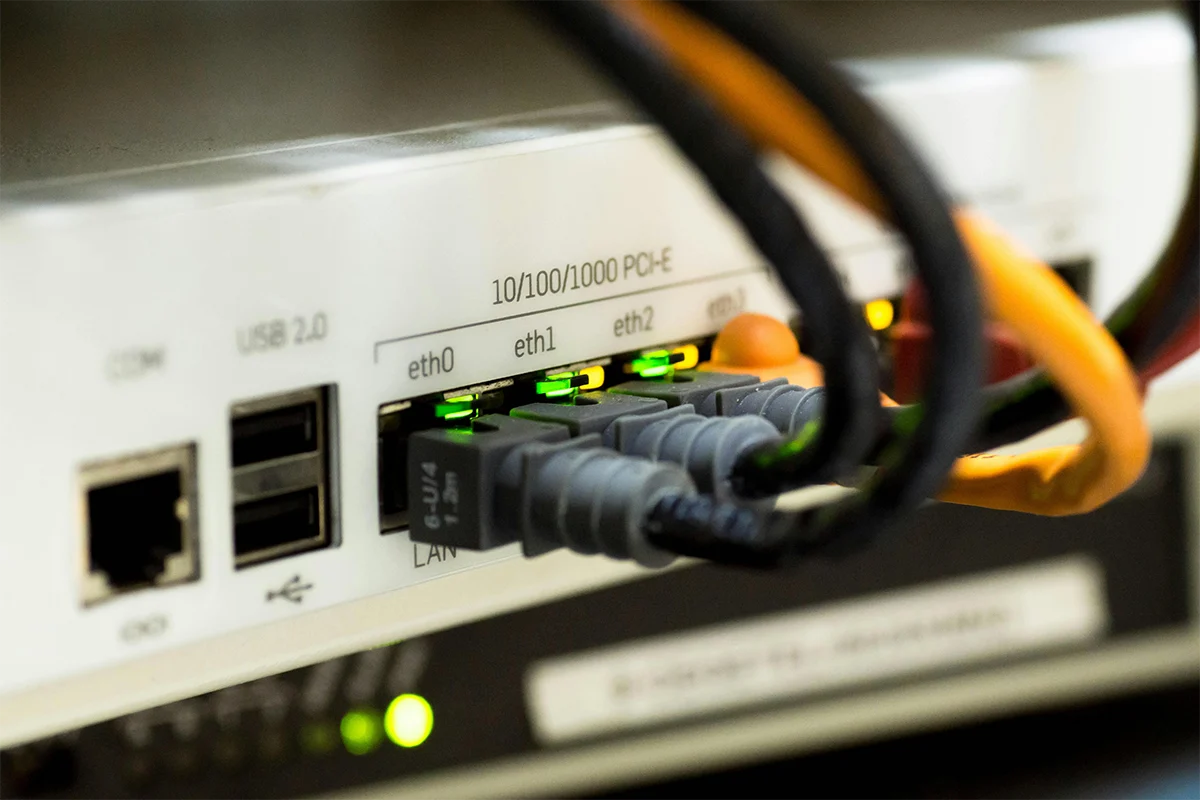Healthcare challenges in implementing new digital solutions in long-term care settings
The digitisation of long-term care facilities faces several systemic challenges in the wider health system:
Lack of standardisation
Challenge: The lack of standardised digital practices and protocols across healthcare systems makes it difficult for LTC facilities to implement digital solutions consistently. Different facilities may use different electronic health record (EHR) systems, data formats and communication protocols, leading to interoperability problems.
Impact: This lack of standardisation hinders the smooth exchange of information between LTC facilities and other healthcare providers, leading to gaps in care for residents and complicating coordinated efforts across the healthcare system.
The need for modular systems
Challenge: There is a need for modular digital systems that can easily adapt to new models, technologies and regulatory changes. However, many existing systems are rigid and cannot incorporate new functionalities without requiring major changes.
Impact: Without modularity, facilities face challenges in keeping up with evolving best practices, integrating new models of care and meeting the changing needs of residents. Lack of flexibility can lead to outdated systems that are costly and difficult to upgrade, ultimately affecting the quality of care.

Connectivity problems
Challenge: Ensuring consistent and reliable connectivity is a major challenge, especially in rural or underserved areas where internet infrastructure may be weak. Long-term care facilities rely on reliable connectivity for real-time data exchange, telemedicine and digital monitoring tools.
Impact: Connectivity problems can disrupt care delivery, limit the effectiveness of digital tools and distance LTC facilities from the wider health system. This can lead to delays in care, poorer access to specialised services and an overall lower quality of life for residents.
A fragmented healthcare ecosystem
Challenge: The healthcare ecosystem is often fragmented, with multiple stakeholders, including healthcare institutions, hospitals, primary healthcare providers, specialists and insurers, using different systems. This fragmentation makes it difficult to integrate LTC facilities into the wider digital health network.
Impact: Fragmentation leads to inefficiencies such as duplication of work, communication gaps and difficulties in coordinating care at different levels of the health system. Residents may face inconsistent care due to these uncoordinated systems.
Regulatory and compliance barriers
Challenge: another important obstacle is overcoming the complex regulatory environment. LTC facilities have to comply with a range of data protection, privacy and healthcare regulations that can vary by region and are often slow to adapt to new digital technologies.
Impact: Compliance challenges can slow the adoption of digital solutions as facilities may fear inadvertently breaching regulations. This can cause delays in the introduction of potentially useful technologies, further complicating the digitisation process.
Resource constraints
Challenge: Many LTC facilities operate with limited financial and human resources, making it difficult to invest in and maintain advanced digital systems. Due to budget constraints, institutions often have to prioritise immediate operational needs over long-term digital investments.
Impact: Resource constraints can lead to slower digital transformation, poorer access to state-of-the-art technologies and over-reliance on outdated systems, which can have a negative impact on the quality of care delivered to populations.
These systemic challenges underline the need for a coordinated and comprehensive approach to the digitisation of LTC facilities to ensure their full integration into the wider health system and high-quality care for their residents.
